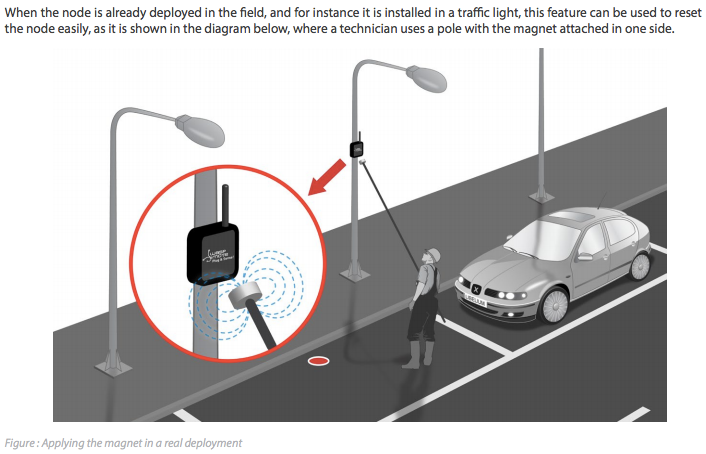Or, for non-rural nodes: magnet triggered?
Libelium uses a magnet only for resetting, but of course it could also trigger scanning for firmware updates:

Or, for non-rural nodes: magnet triggered?
Libelium uses a magnet only for resetting, but of course it could also trigger scanning for firmware updates:
